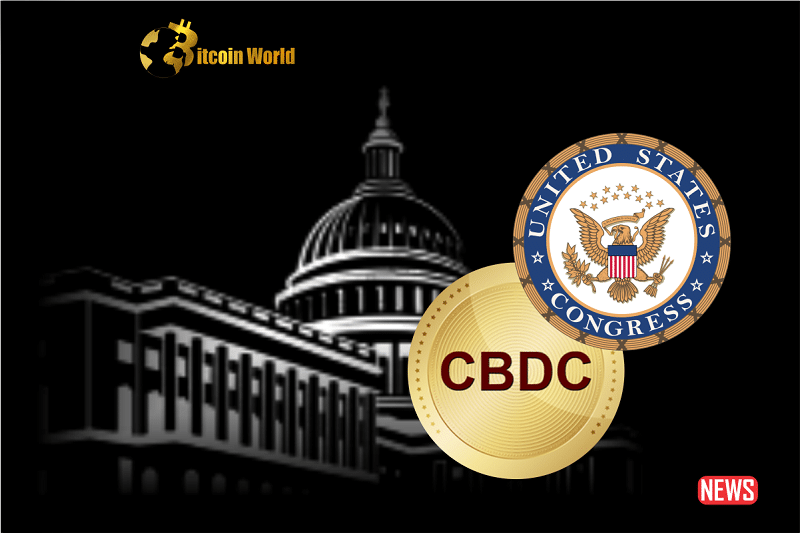
Wall Street is abuzz with the potential of blockchain technology to revolutionize asset trading. Projections suggest that a staggering $5 trillion in assets could be tokenized on blockchains by 2030. But as the financial world looks to the future, the regulatory environment remains a formidable hurdle.
The Promise of Tokenization
Asset management firm Bernstein pegs the tokenization opportunity at $5 trillion in the next five years, with bank deposits and currency making up $2 trillion and stablecoin and CBDC tokens contributing the remaining $3 trillion. The Citi Global report aligns with these estimates, predicting between $4-5 trillion in tokenized assets circulating by 2030.
There’s a palpable excitement about blockchain’s potential to streamline operations. Current infrastructure sees different financial components operating in isolation, leading to repetitive handling of the same data and inefficient communication protocols. Blockchain and tokenization promise to unify these systems, introducing real-time asset liquidity and smart contract automation that can transform current practices. Assets like private equity and fixed income, currently restricted due to operational hurdles, can become more accessible, allowing for a broader allocation and more investment avenues.
Lessons from Down Under
However, it’s not all smooth sailing. The failed overhaul of the Australian Securities Exchange’s CHESS system offers a cautionary tale. Despite the promise of efficiency, the $165 million investment was written off due to various challenges. Such examples underline the need for meticulous planning, phased implementation, and a rethinking of workflows to suit the distributed nature of blockchain systems.
The Regulatory Quagmire
The U.S. Securities and Exchange Commission (SEC) has a history of skepticism toward crypto. However, the winds might be shifting. The recent moves by industry giants like BlackRock and Fidelity to launch Bitcoin ETFs hint at an industry-wide anticipation of regulatory clarity. Federal Reserve Chairman Jerome Powel’s acknowledgment of crypto’s “staying power” further solidifies the sentiment.
While the U.S. grapples with setting a clear regulatory path, Europe is charging ahead. Its groundbreaking MiCA law offers a comprehensive framework for cryptocurrencies, marking a significant step in fostering the technology’s mainstream adoption. The U.K. has also made headway by recognizing electronic trade documents, and facilitating blockchain deployment in trade finance.
Looking Ahead
The blockchain revolution promises to bring unparalleled efficiency and innovation to Wall Street. But to fully realize this potential, stakeholders must navigate the intertwined challenges of technology, regulation, and market dynamics. While the road may be rocky, there’s growing consensus that blockchain is set to become a mainstay in global finance.
- SEO Powered Content & PR Distribution. Get Amplified Today.
- PlatoData.Network Vertical Generative Ai. Empower Yourself. Access Here.
- PlatoAiStream. Web3 Intelligence. Knowledge Amplified. Access Here.
- PlatoESG. Carbon, CleanTech, Energy, Environment, Solar, Waste Management. Access Here.
- PlatoHealth. Biotech and Clinical Trials Intelligence. Access Here.
- Source: https://bitcoinworld.co.in/blockchains-promise-and-challenges-on-wall-street/
- $3
- 2030
- 22
- 40
- a
- About
- Abuzz
- accessible
- Action
- Adoption
- Against
- ahead
- aligns
- All
- allocation
- Allowing
- also
- Altcoin
- amid
- an
- and
- anticipation
- as
- asset
- Assets
- At
- Automation
- avenues
- Bank
- bank deposits
- BE
- become
- between
- Bit
- Bitcoin
- BitcoinWorld
- BlackRock
- blockchain
- blockchain revolution
- blockchain technology
- blockchains
- bring
- broader
- but
- by
- CAN
- CBDC
- chairman
- challenges
- charging
- Chess
- circulating
- citi
- clarity
- clear
- CO
- commission
- Communication
- components
- comprehensive
- Consensus
- contract
- contributing
- could
- crypto
- cryptocurrencies
- Currency
- Current
- currently
- data
- deployment
- deposits
- despite
- different
- distributed
- documents
- down
- draws
- due
- dynamics
- efficiency
- electronic
- Environment
- equity
- estimates
- ETFs
- Europe
- Examples
- exchange
- excitement
- facilitating
- Failed
- far
- Federal
- federal reserve
- fidelity
- finance
- financial
- Firm
- five
- fixed
- For
- formidable
- fostering
- Framework
- from
- fully
- further
- future
- Giants
- Global
- groundbreaking
- Growing
- Handling
- has
- history
- however
- HTTPS
- Hurdles
- implementation
- in
- Income
- industry
- Infrastructure
- initiates
- Innovation
- introducing
- investment
- Is
- isolation
- ITS
- jerome
- K
- latest
- launch
- Law
- leading
- Leap
- Legal
- Legal Action
- like
- Liquidity
- looks
- made
- Mainstream
- mainstream adoption
- Making
- management
- Market
- marking
- May
- meticulous
- mica
- might
- million
- Momentum
- more
- must
- nature
- navigate
- need
- Next
- not
- of
- off
- Offers
- on
- operating
- operational
- Operations
- Opportunity
- Overhaul
- palpable
- path
- Phased
- planning
- plato
- plato data intelligence
- platodata
- platogaming
- poised
- potential
- potential of blockchain
- practices
- predicting
- price
- private
- Private Equity
- projections
- promise
- promises
- protocols
- real-time
- realize
- recent
- recognizing
- Regulation
- regulatory
- remaining
- remains
- report
- reserve
- restricted
- revolution
- revolutionize
- road
- Rocky
- s
- same
- SEC
- Securities
- Securities and Exchange Commission
- sees
- sentiment
- set
- setting
- shifting
- shows
- significant
- Signs
- skepticism
- smart
- smart contract
- smooth
- solidifies
- stablecoin
- stakeholders
- Star
- step
- Streamline
- street
- such
- suggest
- system
- Systems
- tag
- tale
- Technology
- that
- The
- The Future
- These
- this
- to
- Tokenization
- tokenized
- Tokens
- toward
- trade
- Trade Finance
- Traders
- Trading
- transform
- trillion
- U.K.
- u.s.
- U.S. Securities and Exchange Commission
- underline
- unparalleled
- up
- various
- Wall
- Wall Street
- was
- while
- winds
- with
- workflows
- world
- written
- years
- zephyrnet











